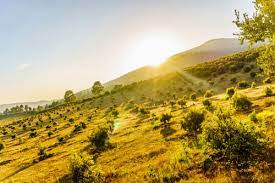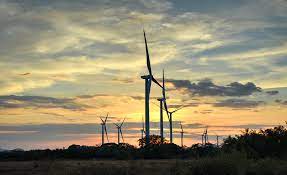This article will mainly focus on the environmental or ecological sustainability that comprises of the environmental factors such as atmosphere, freshwater and ocean, and land use.
The management tools meant to sustain the use of resources will be emphasized alongside the elements concerned in resources sustainability.
The challenges in the area of human behaviour, human population and consumption level as well as economic growth will be discuss in this article.
The final part of this unit will be the challenges to sustainability in the use of resources taking a look at major fundamental principles.
Historical Development of Resources Sustainability
The history of sustainability traces human-dominated ecological systems from the earliest civilizations to the present. In early human history, the use of fire and desire for specific foods may have altered the natural composition of plant and animal communities.
Between 8,000 and 10,000 years ago, Agrarian communities emerged which depended largely on their environment and the creation of a structure of permanence.

The Western industrial revolution of the 17th to 19th centuries tapped into the vast growth potential of the energy in fossil fuels. Coal was used to power more efficient engines and later to generate electricity.
Modern sanitation systems and advances in medicine protected large populations from diseases.
Read Also : Proper Methods of Disposal of Dilute Pesticide Waste
In the mid-20th century, a gathering of environmental movements (which comprised of private individuals, religious bodies, political groups etc) in the United States created an awareness of the environment by raising issues that militate against environmental protection. E.g. pollution of land, air and water.
It was at this period that Protectionists and Conservationists came up. They were of the opinion that the environment should be protected for its own sake while the Conservationists shared their view that the environment should be protected for the use of man.
They also argued that environmental costs associated with the many anthropogenic activities should be determined. In the late 20th century, environmental problems became global in scale.
The 1973 and 1979 energy crises demonstrated the extent to which the global community had become dependent on non-renewable energy resources.
In the 21st century, there was increasing global awareness of the threat posed by the human-induced greenhouse effect, produced largely by forest clearing and the burning of fossil fuels among other dangerous activities.

